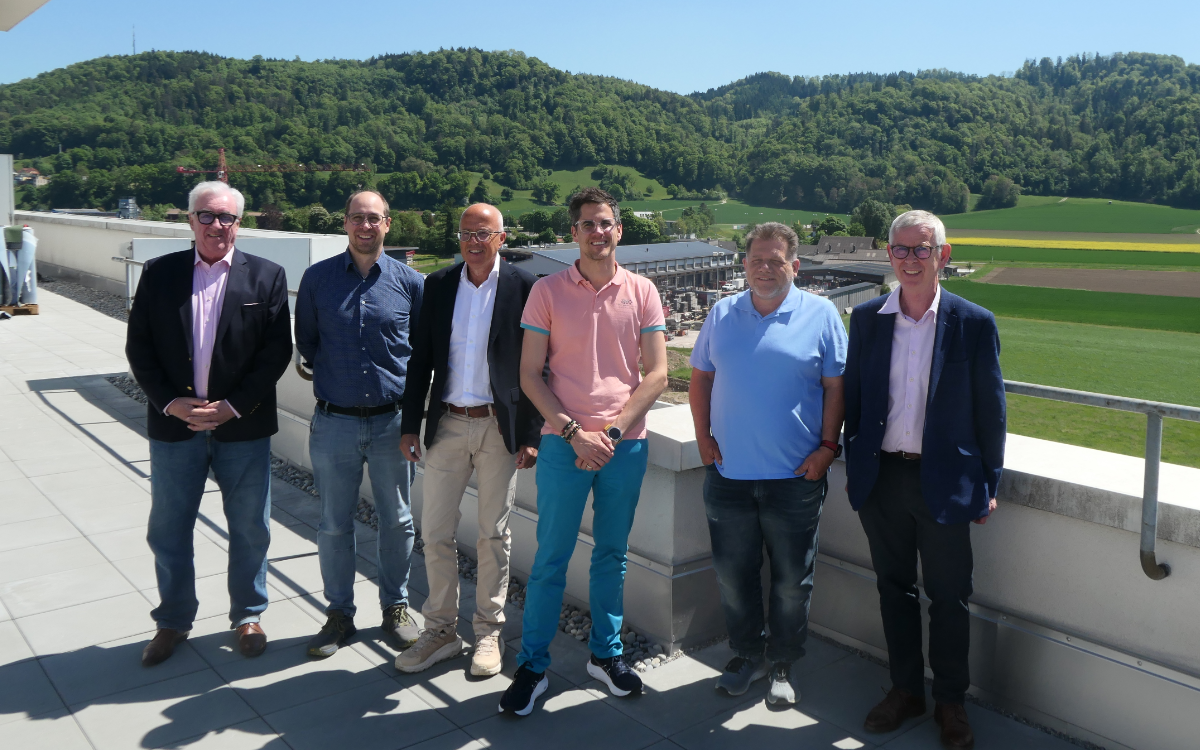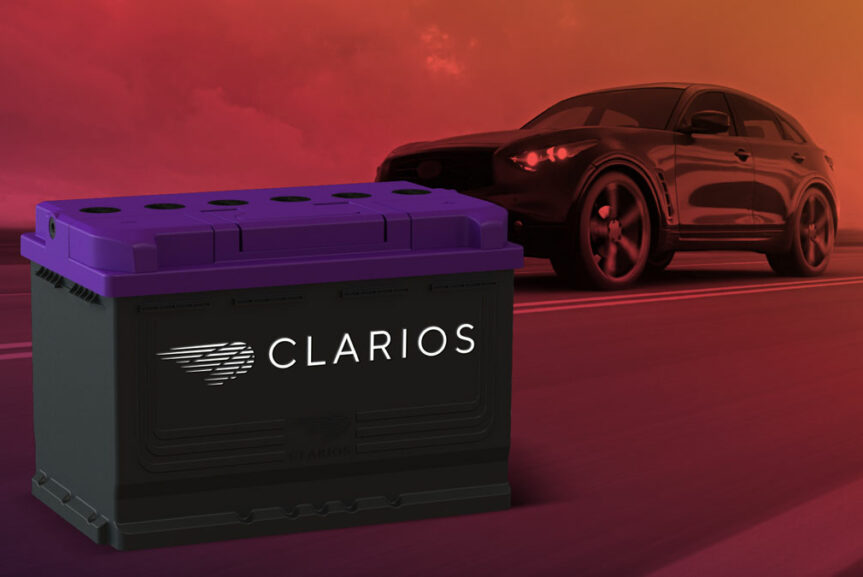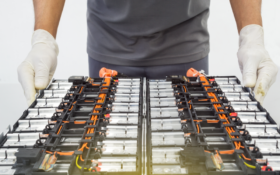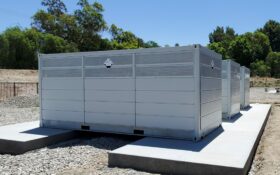This quarter, our resident expert John Miller looks at the impact of the new graphene nano material on supercaps, US government funding for development and market development, in his regular column
I hear that a supercapacitor has been developed that will replace conventional aluminum electrolytic capacitors. Why is this so significant?
Supercapacitors, better referred to as electrochemical capacitors, were developed as early as the 1960s, but the first products did not hit the market until 1978. The reason for the delay was largely the absence of any market for a capacitor-like product that would not . . .
to continue reading this article...
Sign up to any Premium subscription to continue reading
To read this article, and get access to all the Premium content on bestmag.co.uk, sign up for a Premium subscription.
view subscription optionsAlready Subscribed? Log In












